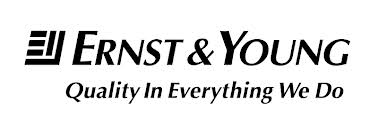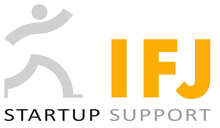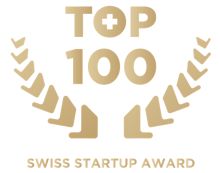
Ernst & Young’s annual biotech report shows strong performance by major players but a challenging environment for the rest of the industry and an urgent need to focus on demonstrating value.
The global biotechnology industry continued on a path of recovery in 2012 as public companies in the sector achieved top- and bottom-line growth for the third straight year even while R&D spending remained under pressure at many companies. However, new survey research in Ernst & Young’s 27th annual biotechnology industry report «Beyond borders: matters of evidence indicates» an «implementation gap» at most small- to mid-size companies when it comes to gathering evidence to demonstrate the value of products under development. This gap has implications on the future ability of these companies to raise capital, obtain attractive deal valuations and be successfully reimbursed for their drugs upon approval.
«In today’s increasingly outcomes-focused, evidence-driven health care systems, biotech companies cannot afford to pursue an R&D strategy that only focuses on whether or not their drug works. They need to also understand whether it will be valued and reimbursed by payers», says Jürg Zürcher, Biotechnology Leader Europe, Middle East, India and Africa at Ernst & Young Switzerland. «If you wait to address questions of value only as a product launch approaches, you do so at your own peril because pharma alliance partners - still the most viable exit option for most biotechs - now consider such data to be key drivers of their product and company valuations.»
Key financial results highlighted in the report include:
- The «new normal» funding environment continues: Biotech companies in North America and Europe raised US$28.2 billion in 2012, a drop from the US$33.3 billion raised in 2011. This decrease was driven by a reduction in debt funding, which fell by almost a third. The IPO market remained tepid, with aggregate proceeds of only US$805 million, down from US$857 million in 2011. «Innovation capital»— defined as the amount of capital raised by companies with less than US$500 million in revenues — remained virtually unchanged between 2011 and 2012 increasing only from US$15.2 billion to US$15.3 billion.
- Venture capital remains resilient: Venture funding across North America and Europe declined 5 percent to US$5.4 billion in 2012, a much slower decline than was expected given the fundraising challenges encountered by many venture firms in recent years.
- M&A picks up: The total value of mergers and acquisitions involving European or US biotechs equaled US$27.4 billion, an increase of 9 percent from 2011 (when setting aside the two megamergers in 2011 in excess of US$10 billion) and the highest non-megadeal total since 2008.
Key findings on the topic of demonstrating value include
- Near-consensus on strategic importance: 94 percent or more of the survey respondents agreed that it is «important» or «very important» for biotech companies to have a strategic focus on matters of efficiency and matters of evidence.
- Implementation gap on matters of evidence: However, among respondents who considered evidence measures to be «important» or «very important», most companies indicated that they are unlikely to undertake specific evidence-focused initiatives. Only 11 percent of respondents have added payer/reimbursement expertise to their management teams, just 13 percent have added such expertise to their clinical development teams and a scant 4 percent have added such expertise to their boards of directors. There was no such implementation gap around initiatives focused on matters of efficiency.
- New approaches needed: To succeed, companies will need to revisit their approaches to R&D. It will be imperative to monitor evolving standards of care. A model Ernst & Young calls the «value pathway» can help identify the biggest unmet needs or failures that payers will be most focused on. Companies will then need to align their offerings to fill these «value leakages» and design clinical trials to develop evidence that is compelling for payers (e.g., through head-to-head or adaptive trials).
«It’s time for biotech firms to debunk any myths that may be holding them back», concludes Jürg Zürcher. «The shift to evidence is happening faster than many might have expected, and it affects companies regardless of their size, maturity or disease focus. Many evidence-focused initiatives - engaging stakeholders earlier on issues of value and reimbursement, rethinking trial design or exploring pre-competitive data collaborations - don’t cost much and could even avoid of the expense of additional studies. The question is not whether you can afford to do this, but whether you can afford not to.»
The report can be downloaded for free on the website of Enrnst & Young.























































Please login or sign up to comment.
Commenting guidelines